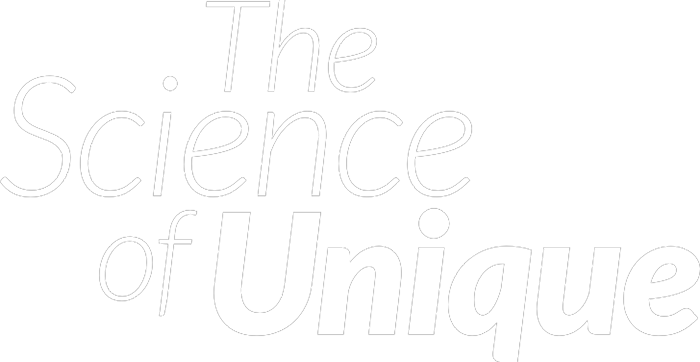
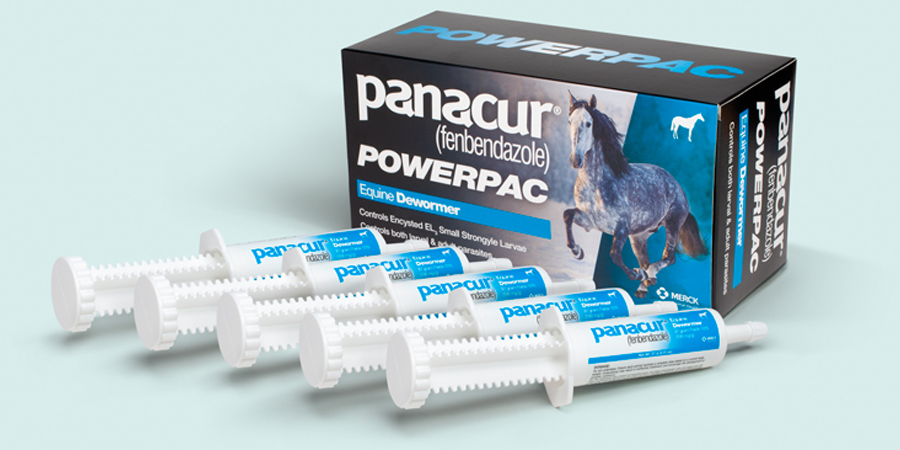

Fenbendazole Mode of Action
Unique mode of action is what makes Panacur® (fenbendazole) POWERPAC so effective against the most dangerous parasites of the horse.1,2,3
Deep Absorbtion
The Panacur® POWERPAC five day treatment creates a gentle, slow saturation of the molecule within the horse that is able to penetrate deep enough to kill the deadliest parasites in the most difficult places. This is why Panacur® POWERPAC is the only product approved to act as a larvicidal treatment for stubborn EL3 (early stage) and L4 small strongyles3 and why it is also effective against the ivermectin-resistant ascarids so dangerous to foals.4
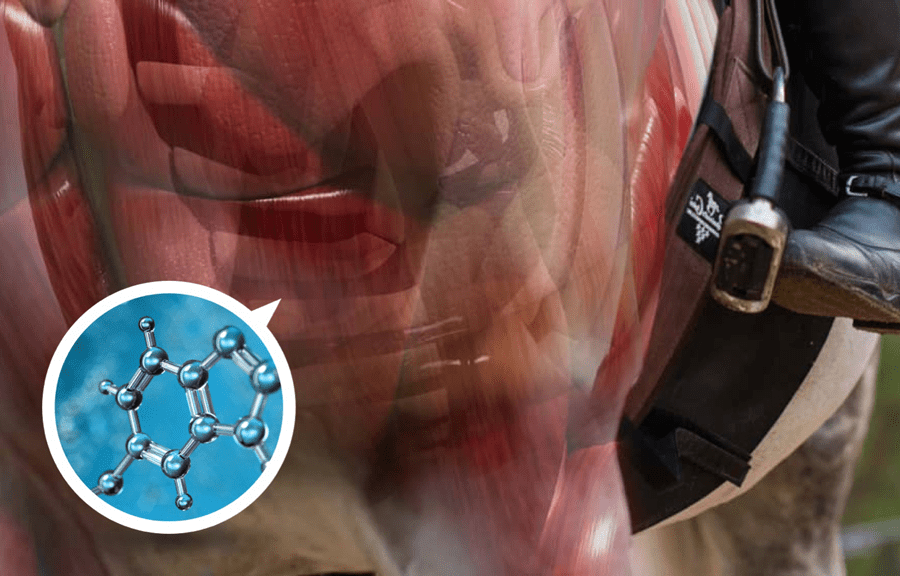
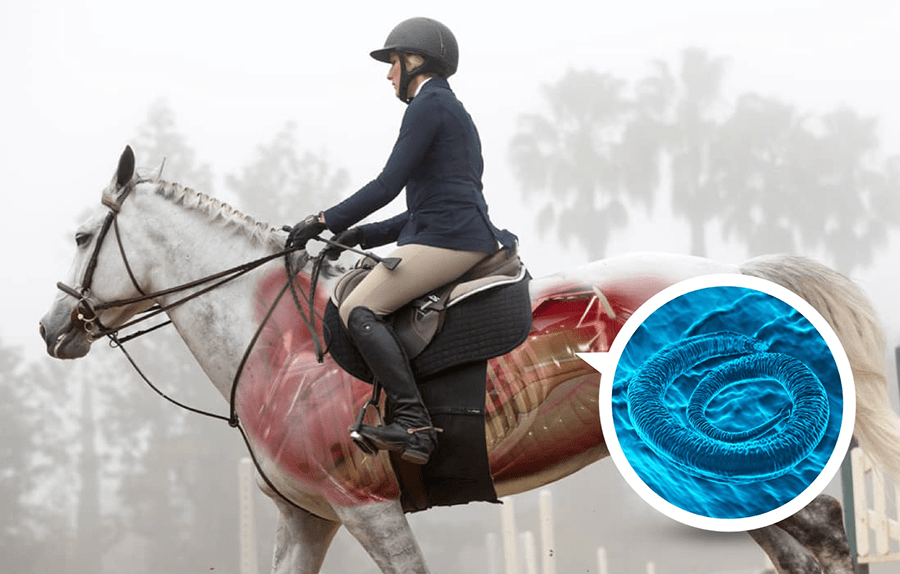
Paralyzes Parasites
Fenbendazole binds to the beta tubulin within the cells of the parasite. This potent disruption inhibits the parasite’s unique ability to produce energy, paralyzing the parasite until it dies.2
Protects Cells and Organs
What makes fenbendazole unique is that it is more attracted to parasite beta tubulin than that of the animal being treated. This means the animal’s cells are not destroyed along with the parasite. This is why fenbendazole is safe yet effective.2
Panacur® POWERPAC is safe for foals, senior and even thin or debilitated horses, as well as well as proven safe for the environment.
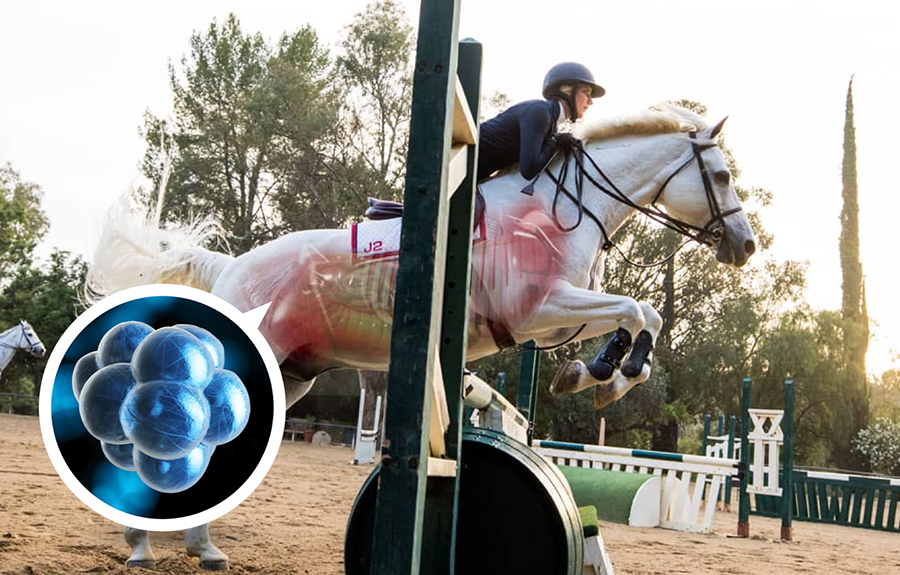
Know the Threats to Your Horse’s Organs
Parasite: Large Strongyles (Strongylus vulgaris)
Lifecycle:¹
The horse ingests infective larvae, which then penetrate the intestinal wall and migrate along the blood vessels of the abdominal cavity of the horse. The larvae continue to develop until they become mature adults. The adult worms return to the cecum and colon of infected horses, where they lay eggs. The eggs are passed in the feces and the cycle starts over again.
Clinical Signs:
The migration of the immature larval stages of large strongyles through the blood vessels can cause inflammation and blood clots (thrombosis), which can limit blood supply to the intestinal tract. The resulting thromboembolic colic often results in death of the horse. Other clinical signs of large strongyles include anemia, loss of appetite, weakness, emaciation and diarrhea.
Horses at greatest risk:
Large strongyles are now considered rare, especially in well-cared-for horse populations, thanks to effective dewormers. Horses that have not been – or poorly – dewormed are at greatest risk for large strongyles.
References
1. Handbook of Equine Parasite Control, Second Edition. Martin K. Nielsen and Craig R. Reinemeyer. © 2018 John Wiley & Sons, Inc. Published 2018 by John Wiley & Sons, Inc
Parasite: Ascarids (roundworms)
#1 parasite of concern for young horses
Lifecycle:¹
Adults are found in the small intestine and eggs are passed in the feces of infected animals, where they can live and remain infective for years in stalls, paddocks and pastures. When eggs are ingested the larvae hatch and migrate through the walls of the small intestine to the liver, and then to the lungs via the heart and pulmonary organs. The larvae invade the lungs and are coughed up and swallowed where they pass into the intestinal tract and become adults in the small intestine, where the cycle starts over.
Clinical Signs:
Signs of respiratory infection include cough, nasal discharge and low-grade fever. Signs of intestinal disease include weight loss, poor condition, loss of energy, pot belly, impaction colic and bowel rupture, which can be fatal.
Horses at greatest risk:
Foals and weanlings. Adult horses develop some immunity unless infestation is extreme and unchecked.
BIOSECURITY NOTE: Eggs can live and remain infective for years in stalls, paddocks and pastures increasing the potential for spreading ascarid infection between horses and even re-infecting the original host animal. Attention should be paid to managing and cleaning premises where foals have been shedding large numbers of ascarid eggs and contaminating stalls and surfaces.
References
1. Handbook of Equine Parasite Control, Second Edition. Martin K. Nielsen and Craig R. Reinemeyer. © 2018 John Wiley & Sons, Inc. Published 2018 by John Wiley & Sons, Inc
Parasite: Encysted small strongyles (cyathostomes)
#1 Parasite Concern for Adult Horses
Lifecycle:¹
Adult worms are found in the cecum and colon of infected horses. The adults lay eggs which are passed in the feces. Eggs hatch and the larvae mature to the infective L3 stage. Third stage larvae are ingested on pasture and invade the mucosa of the large intestine. At this time the larvae may hibernate – or encyst – for prolonged periods of time. As many as 90% of the larvae may become encysted in this manner2 and remain in this stage of development for 4 months or up to 2 years3. The climate dictates when hibernation occurs and when the larvae will emerge and continue toward maturation.
Clinical Signs:
Primary disease threat lies in mass emergence from the encysted stage, which can lead to weight loss, diarrhea, colic, edema, fever, dull hair coat, decreased performance and even death.
Horses at greatest risk:
Considered a major parasite risk in adult horses. Young horses and immunocompromised horses are also susceptible.
References
1. Handbook of Equine Parasite Control, Second Edition. Martin K. Nielsen and Craig R. Reinemeyer. © 2018 John Wiley & Sons, Inc. Published 2018 by John Wiley & Sons, Inc
2. Proudman CJ, Matthews JB. Control of Intestinal Parasites in Horses. In Practice. 2000; 22:90-97.
3. Corning, S. Equine cyathostomins: a review of biology, clinical significance and therapy. Parasites & Vectors 2009, 2(Suppl 2):S1 doi:10.1186/1756-3305-2-S2-S1
Parasite: Pinworms (Oxyuris equi)
Lifecycle:¹
Infective eggs are ingested on pasture and the larvae hatch in the small intestine. After further maturation they migrate to the cecum/colon of the horse. Adult female pinworms migrate up the rectum and out the anus to cement masses of eggs on the perineal area. The egg masses cause irritation, and environmental contamination occurs when horses rub the irritated area against posts and barn walls.
Clinical Signs:
Most common clinical sign is tail rubbing due to skin irritation in the perineal area.
Horses at greatest risk:
Young horses less than 18 months of age. Most horses develop immunity as they age.
References
1. Handbook of Equine Parasite Control, Second Edition. Martin K. Nielsen and Craig R. Reinemeyer. © 2018 John Wiley & Sons, Inc. Published 2018 by John Wiley & Sons, Inc
Featured Products
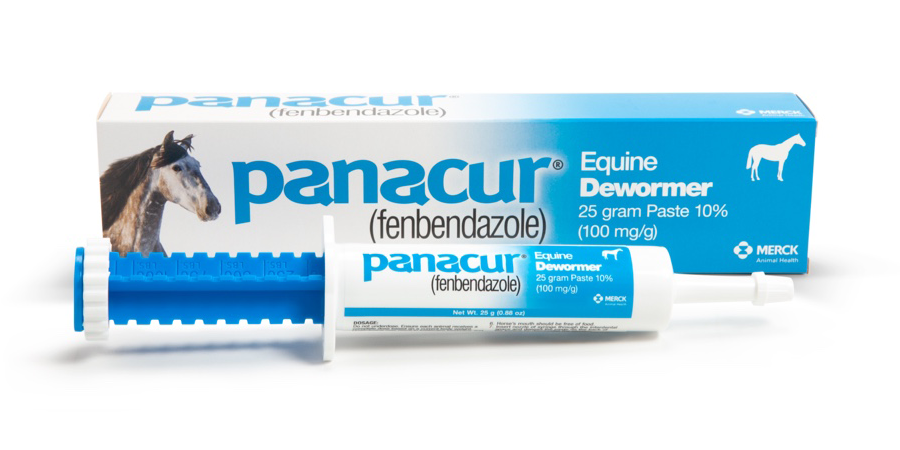
PANACUR® (fenbendazole) PASTE 10%
Labeled for the control of large and small strongyles (including migrating larvae), pinworms and ascarids (roundworms).
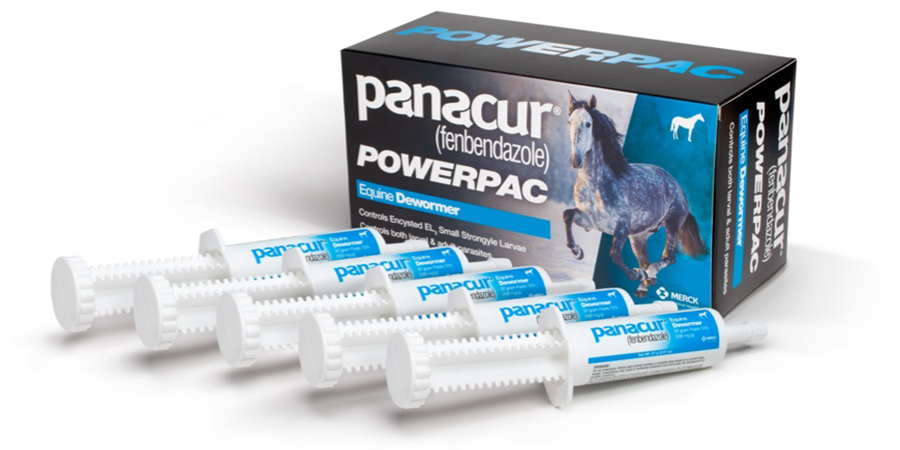
PANACUR® (fenbendazole) POWERPAC
Widely recognized as the product of choice for treating ascarids in young horses.

Spread the Word
Share the power of fenbendazole mode of action today.


Important Safety Information
NOT FOR USE IN HUMANS. KEEP OUT OF REACH OF CHILDREN. Do not use in horses intended for human consumption.
References
1. Kellar QA., Gokbulut C., Muzandu K., Benchaoui H. Fenbendazole Pharmacokinetics, Metabolism, and Potentiation in Horses. Drug Metabolism and Disposition. Vol. 30, No. 11: 1230-1239, 2002. 2. Lacey E. Mode of Action of Benzimidazoles. Parasitology Today, vol. 6, no. 4, 1990. 3. PANACUR® (fenbendazole) POWERPAC equine dewormer product label. 4. Reinemeyer CR, Prado JC, Vaala WE. Larvicidal efficacy of fenbendazole against a macrocyclic lactone-resistant isolate of Parascaris equorum in foals. Proceedings of the 55th Annual Meeting of the American Association of Veterinary Parasitologists, 2010, Atl anta, GA, p49. 5. Tamzali Y. (2006) Chronic weight loss in the horse: a 60 case retrospective study. Equine Vet Edu. 18, 289-296.
